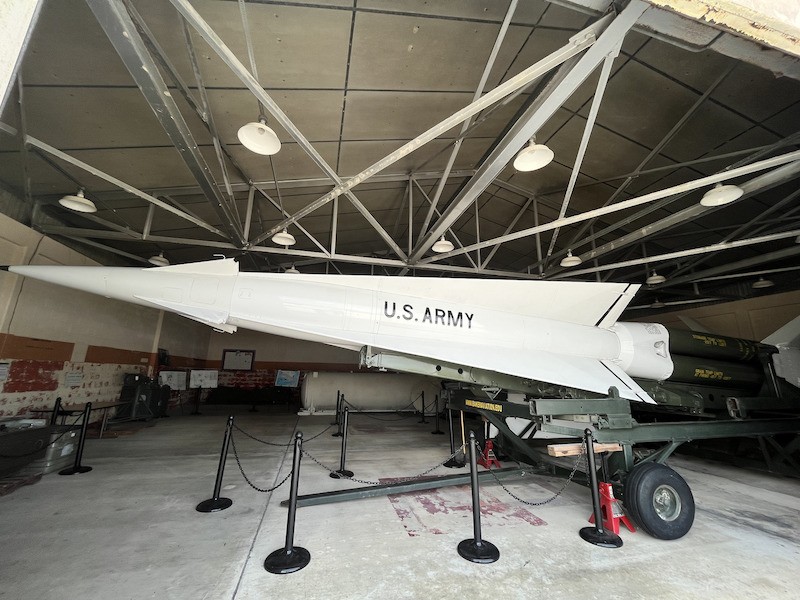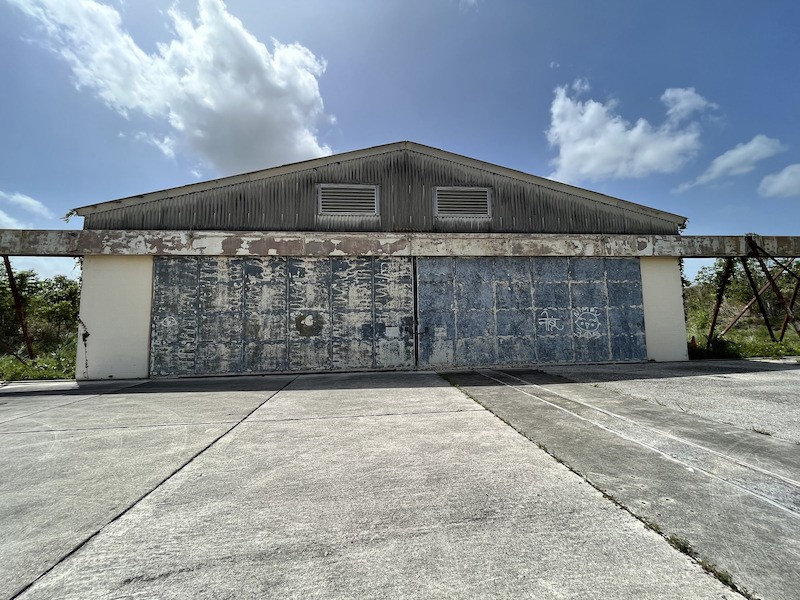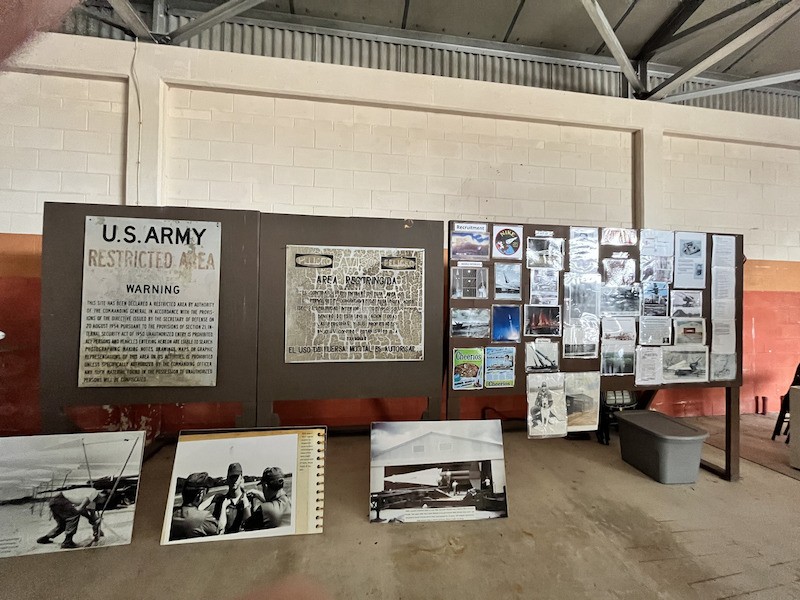Nike Missile Site HM-69
Written by: Susana Perez
This is the second week of my summer internship as a Cultural History Educator at the Everglades National Park Department of Education. My experiences this past week have been interesting, as it is my first time in an environmental education position. It has also been an adjustment with the heat and mosquitos, despite me being a native Floridian.
This summer, my main task is to research and develop a program for high school students based on an under-searched area in the park called “Hole-in-the Donut.” It is called Hole-in-the-Donut because previous to 1975, the “Hole” was agricultural farmland leased to private owners, while the “Donut” was already park property. As commonly referred to, HID, is an ongoing restoration project aiming to restore the former 6,300 acres of farmland to its natural state. My job as an intern is to research and document this environmental history and the cultural history of the farmers and other individuals that populated the area before it was integrated into the National Park Service.
What I want to document today, however, is about the Nike Missile Site. Everglades National Park houses one of the best-preserved relics of the Cold War. The historic Nike Hercules Missile Base, dubbed HM-69, has remained intact since it was terminated in 1979. The missile base was built by the United States Army Corps of Engineers, completed in 1964, as a direct response to the Cuban Missile Crisis of October 1962. At a time when national security was at its height, the U.S. Army chose this site, located 160 miles from the Cuban coast, to build an anti-aircraft missile site.
The area consists of 22 buildings and structures. Some of the notable extant structures include three missile barns (one of which includes a restored missile for educational purposes), a missile assembly building, a guard dog kennel, and barracks.
In 2004, the Nike Missile Site was listed on the National Register of Historic Places. Today, park staff and volunteers maintain the site and provide public education to ensure the site’s historical preservation and legacy.
Visiting the site and viewing the educational program created inspired me with ideas to create something similar for the “Hole-in-the-Donut.” Over the following weeks, I will continue my research with help from the park’s archives to develop ideas for the program.

Restored missile

One of the missile barns where the restored missile is stored

Documentation area
Interested in learning more about American Conservation Experience, including our programs – Conservation Crew and Emerging Professionals in Conservation? If so, click here to check out our resources, media, and to apply online.